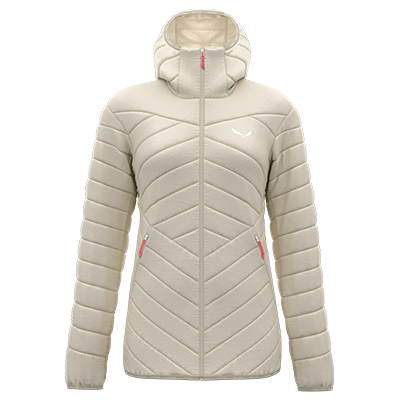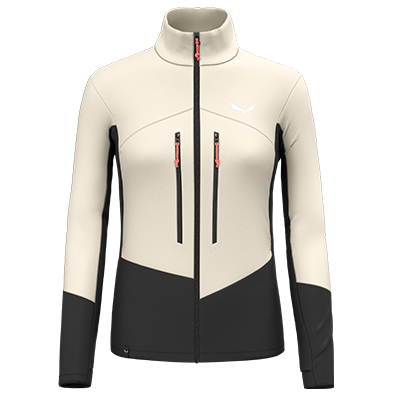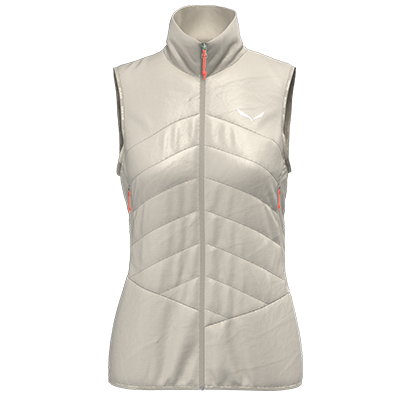- Sort byRelevance
- Price
- Color
- Size
- Availability
- Activity
- Benefits
Engineered in the Dolomites, at home anywhere

Free shippingFrom 100€

Free returnsWithin 30 days

Warranty extensionFor registered users
Sign up to our newsletter and get 10% off your next online purchase
Copyright © 2017 OberAlp All Right Reserved.























